Editors’ Picks
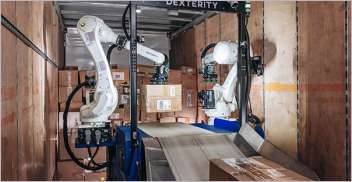
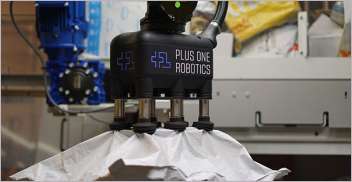

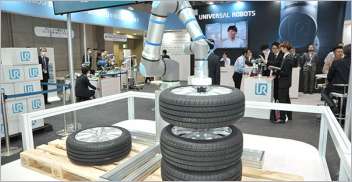

Found in Robotics News & Content, with a score of 7.81
…the automotive industry, said the International Federation of Robotics (IFR). Companies based in the U.S., Canada, and Mexico installed 20,391 industrial robots—up 30% compared with 2021, said the IFR's preliminary results. “North America represents the second largest operational stock of industrial robots in the world after China,” stated Marina Bill, president of the IFR. “The United States, Canada, and Mexico are key markets in the global growth of robotics automation, and the automotive sector is leading the way.” Car makers drive cyclical demand In the U.S., demand from manufacturers of automobiles and components rose by 48% in 2022, said the…

Found in Robotics News & Content, with a score of 7.67
…China offset the contractions of other markets, said the IFR. The past year was the third most successful year in history for the robotics industry, following 2018 and 2017. Annual turnover of robots was more than $50 billion last year, including software and peripherals but not autonomous vehicles, drones, or business-process automation, said Milton Guerry, president of the IFR and president of Schunk USA. China remains the largest market for robotics, and South Korea has the highest robot density, or number of robots per 10,000 human workers, according to the IFR. Some countries, such as Singapore, Sweden, and Denmark, have…

Found in Robotics News & Content, with a score of 7.33
…in 2020, said the International Federation of Robotics, or IFR. In terms of annual installations, India now ranks in tenth position worldwide, according to the IFR's World Robotics report. “India is one of the world's fastest-growing industrial economies,” said Marina Bill, president of the IFR. “Within five years, the operational stock of industrial robots has more than doubled, to reach 33,220 units in 2021. This corresponds to an average annual growth rate of 16% since 2016.” Today, India is the world’s fifth largest economy measured by manufacturing output. According to World Bank data, India´s manufacturing value added in 2021 was…

Found in Robotics News & Content, with a score of 7.29
…of $664 million (U.S.). The International Federation of Robotics (IFR) said this follows a positive trend worldwide. Its preliminary data for 2021 showed that 486,700 industrial robots were installed globally, for a 27% increase year over year. “The [COVID-19] pandemic spurred the growth of robotics in the U.S.,” said Dr. Susanne Bieller, general secretary of the IFR. “The 'Big Quit' in response to working conditions has led to labor shortages particular to the U.S.” How does that compare with other regions? “In Europe, Japan, and China, the problem is an aging workforce,” Bieller told Robotics 24/7 at Automate 2022 here.…
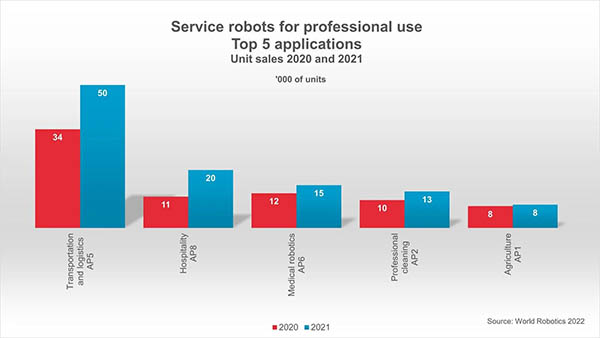
Found in Robotics News & Content, with a score of 7.06
…2021, according to the International Federation of Robotics, or IFR. By region, the strongest growth came from Europe with a market share of 38% followed by North America with 32% and Asia with 30%. Sales of new consumer service robots grew by 9%, according to IFR’s “World Robotics 2022—Service Robots.” “Service robots for professional use are extremely diverse,” said IFR President Marina Bill. “They are usually designed to perform a specific task and can be found in warehouses, in hospitals and airports or even helping on dairy farms automatically milking cows.” Top 5 applications for professional service robots About 121,000…

Found in Robotics News & Content, with a score of 6.96
…the Americas, according to the International Federation of Robotics (IFR). “The world record of 500,000 units was exceeded for the second year in succession,” stated Marina Bill, president of the IFR, in a release. “In 2023, the industrial robot market is expected to grow by 7% to more than 590,000 units worldwide.” Asia still leads the robotics world China is by far world's largest market, said the IFR. In 2022, annual installations of 290,258 units replaced the previous record of 2021 by growth of 5%. “This latest gain is remarkable since it even tops the 2021 result that was a…
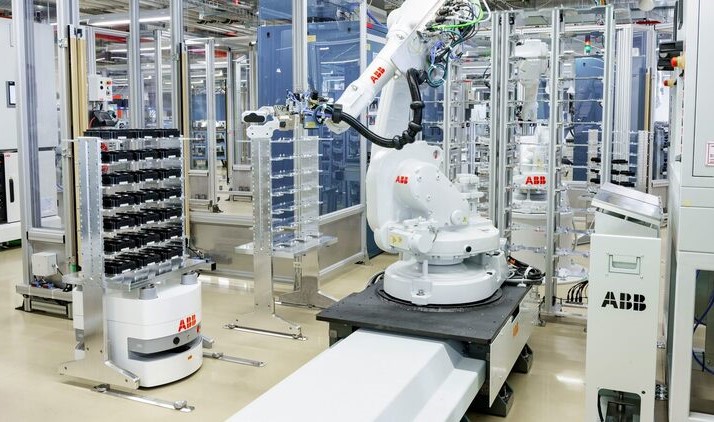
Found in Robotics News & Content, with a score of 6.83
…In its new research paper, “A Mobile Revolution,” the IFR predicts that unit sales of autonomous mobile robots, or AMRs, in the logistics sector will increase by 31% annually between 2020 and 2023. The Frankfurt, Germany-based IFR was established as a nonprofit organization in 1987. It promotes research, development, usage, and global cooperation across the field of robotics and business and government. The IFR's more than 70 members come from the robotics industry, national and international associations, and R&D institutes from more than 20 countries. “We aim at promoting the positive benefits of robots for productivity, competitiveness, economic growth and…

Found in Robotics News & Content, with a score of 6.73
…Milton Guerry, president of the International Federation of Robotics (IFR). Founded in 1987, the IFR represents national robotics associations, research institutions, and robot manufacturers from more than 20 countries. The nonprofit compiles statistics including robot density, or number of units per 10,000 employees, for the degree of automation in multiple nations. The IFR this week listed the following robotics trends for 2022: 1. New industries adopt automation Segments that are relatively new to automation, beyond automotive manufacturing, are rapidly adopting robots, said the IFR. Consumer behavior is driving companies to address demand for personalization of both products and rapid delivery.…
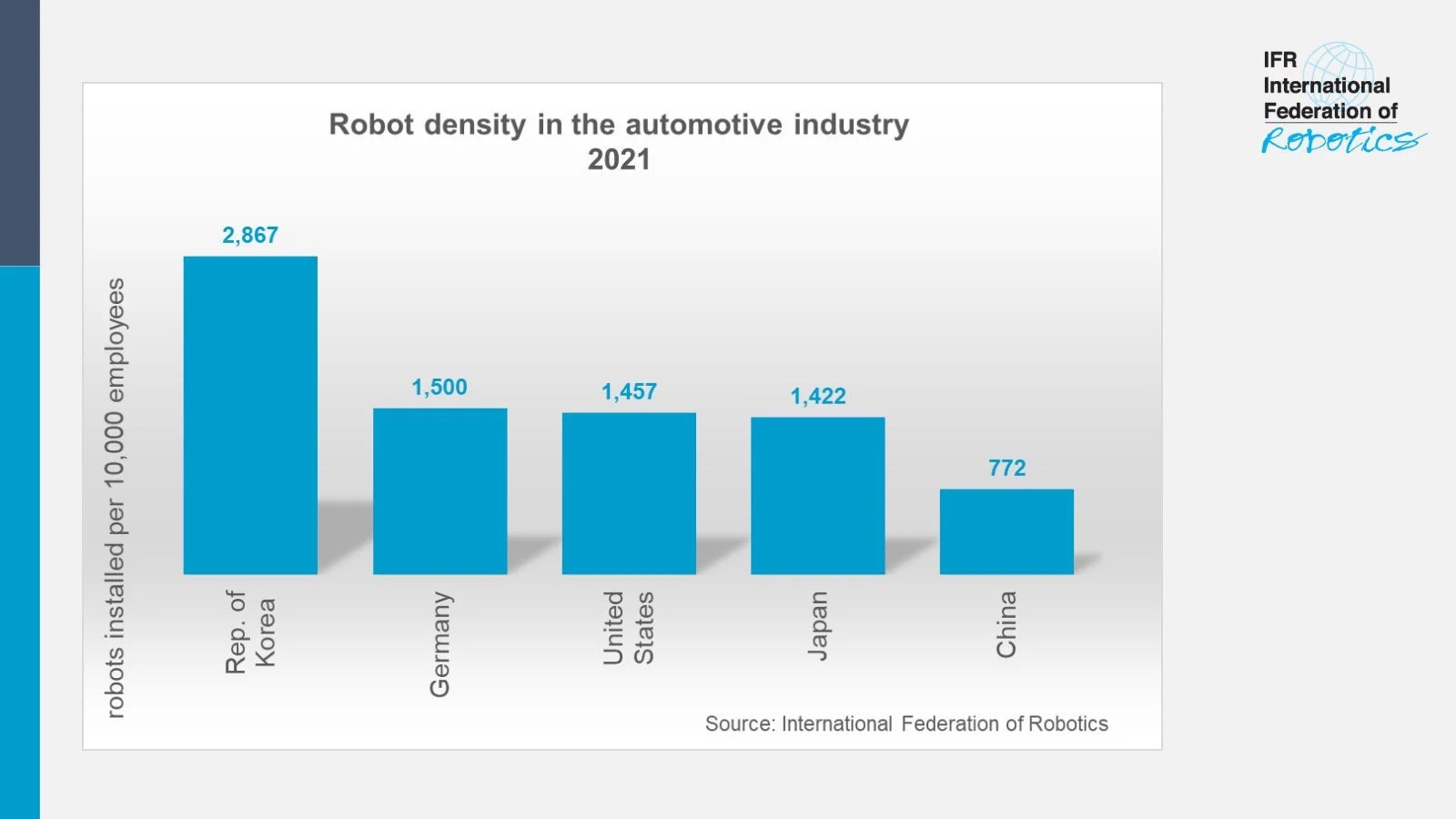
Found in Robotics News & Content, with a score of 6.18
…of about a million units in 2021, according to IFR. “The automotive industry effectively invented automated manufacturing,” said Marina Bill, president of the IFR. “Today, robots are playing a vital role in enabling this industry’s transition from combustion engines to electric power. Robotic automation helps car manufacturers manage the wholesale changes to long-established manufacturing methods and technologies.” China’s robot density is growing fast In the Republic of Korea, 2,867 industrial robots per 10,000 employees were in operation in 2021. Germany ranks in second place with 1,500 units followed by the United States counting 1,457 units and Japan with 1,422 units…
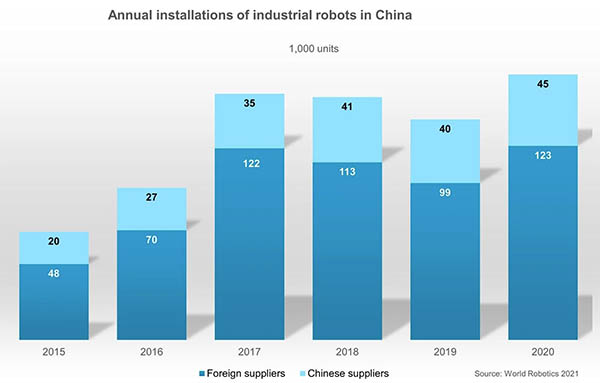
Found in Robotics News & Content, with a score of 6.15
…Milton Guerry, president of the International Federation of Robotics (IFR). “IFR's robot density statistic is a useful indicator of China's dynamic developments, counting the number of industrial robots per 10,000 employees. China´s robot density in the manufacturing industry currently ranks ninth globally (246 units), compared to 25th (49 units) just five years ago.” China's latest five-year plan for the robotics industry, released by the Beijing-based Ministry of Industry and Information Technology (MIIT), focuses on promoting the country as a global leader for robot technology and industrial advancement. The IFR's statistical department issued its report about the domestic and foreign engagement…
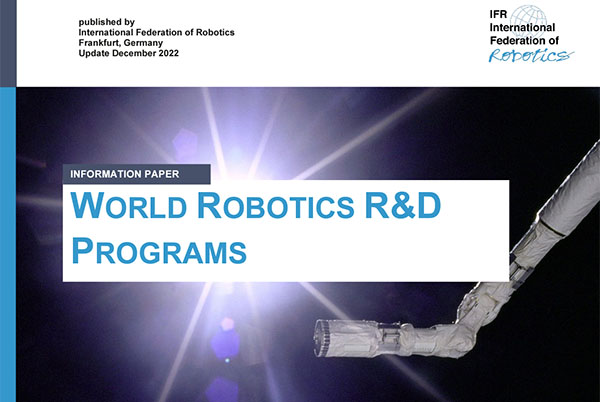
Found in Robotics News & Content, with a score of 5.05
…U.S. funding today? The International Federation of Robotics, or IFR, today published its research in the 2023 update of “World Robotics R&D Programs.” “The third version of 'World Robotics R&D Programs' covers the latest funding developments including updates in 2022,” stated Jong-Oh Park, vice chairman of the IFR Research Committee and a member of the organization's executive board. The study found that that the most advanced nations in terms of annual installations of industrial robots—China, Japan, the U.S., South Korea, and Germany, plus the European Union—have very different R&D strategies. Governments drive robotics R&D programs in Asia In China, the…
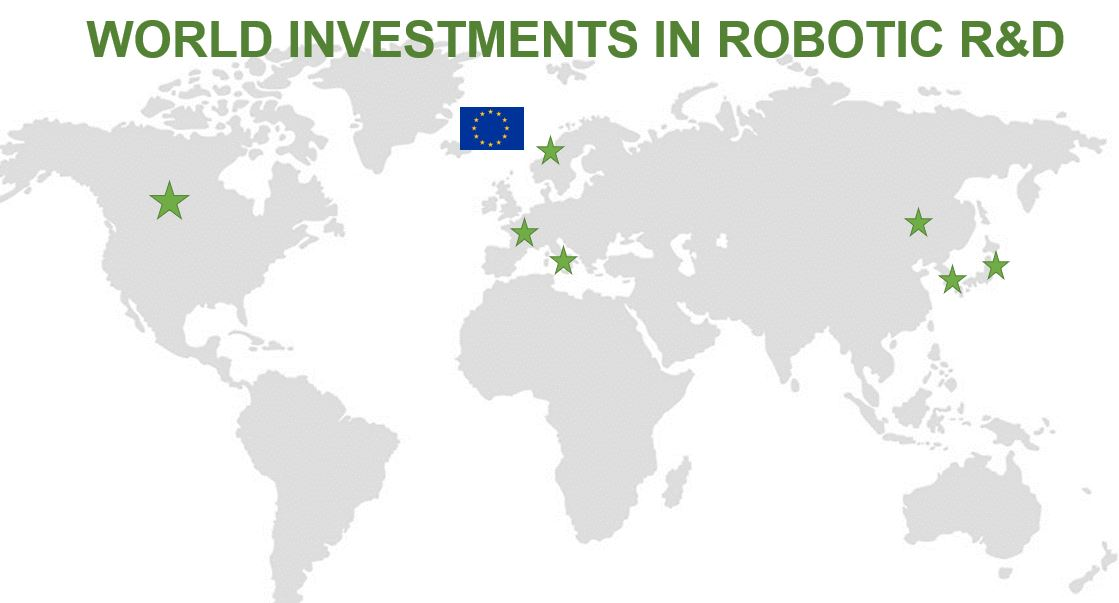
Found in Robotics News & Content, with a score of 4.77
…stated Prof. Dr. Jong-Oh Park, vice chairman of the IFR Research Committee and a member of its executive board. “Since then, dozens of countries have updated their robotics R&D programs. The five most advanced robotics countries, South Korea, Japan, Germany, [the] USA, and China follow up a very different strategic focus.” Global robot densities. Source: International Federation of Robotics East Asian governments focus on innovation The “Made in China 2025” plan has promoted since 2015 robotics innovation and usage across industries, particularly in manufacturing and service applications, said the IFR. Beijing has made no secret of its desire to grow…



